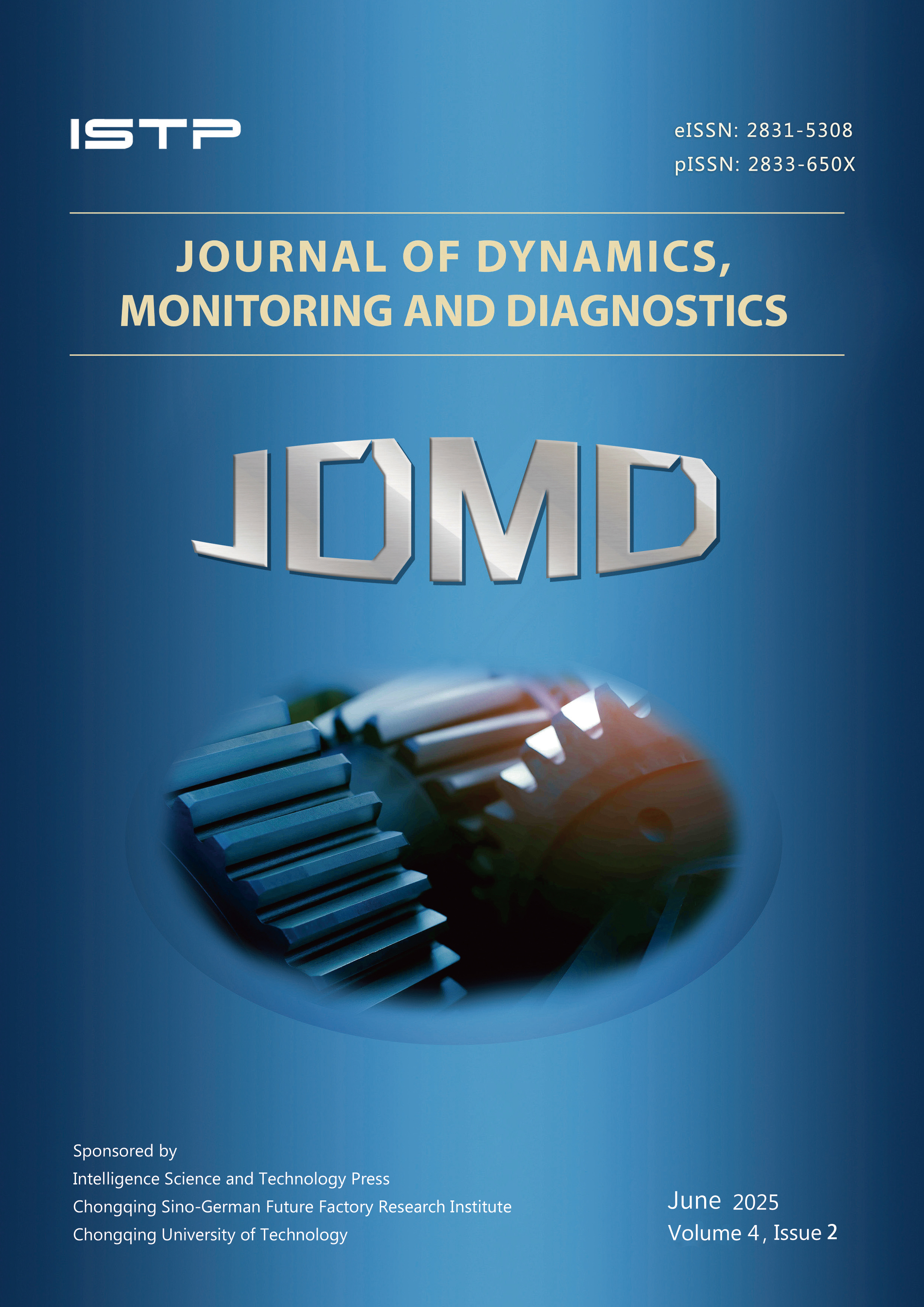Ultrasonic Detection of Disbond Defects in Steel-Epoxy-Steel Sandwich Structures
DOI:
https://doi.org/10.37965/jdmd.2025.804Keywords:
disbond detection; sandwich structures; ultrasonic testing; variational mode decompositionAbstract
The steel-epoxy-steel sandwich structures provide enhanced corrosion resistance and fatigue resistance, making them suitable for pipeline rehabilitation with effective repair and long-term durability. However, the repair quality can be compromised by disbond between the steel and epoxy layers, which mayresult from insufficient epoxy injection. Conventional ultrasonic testing faces challenges in accurately locating disbond defects due to aliased echo interference at interfaces. This paper proposes a signal processing algorithm for improving the accuracy of ultrasonic reflection method for detecting disbond defects between steel and epoxy layers. First, a coati optimization algorithm variational mode decomposition (COA-VMD) is applied to adaptively decompose the ultrasonic signals and extract the intrinsic mode function components that show high correlation with the defect-related signals. Then, by calculating the relative reflectance at the interface and establishing a quantitative evaluation index based on acoustic impedance discontinuity, the locations of disbond defects are identified. Experimental results demonstrate that this method can effectively detect the locations of disbond defects between steel and epoxy layers.
Conflict of Interest Statement
The authors declare no conflicts of interest.









